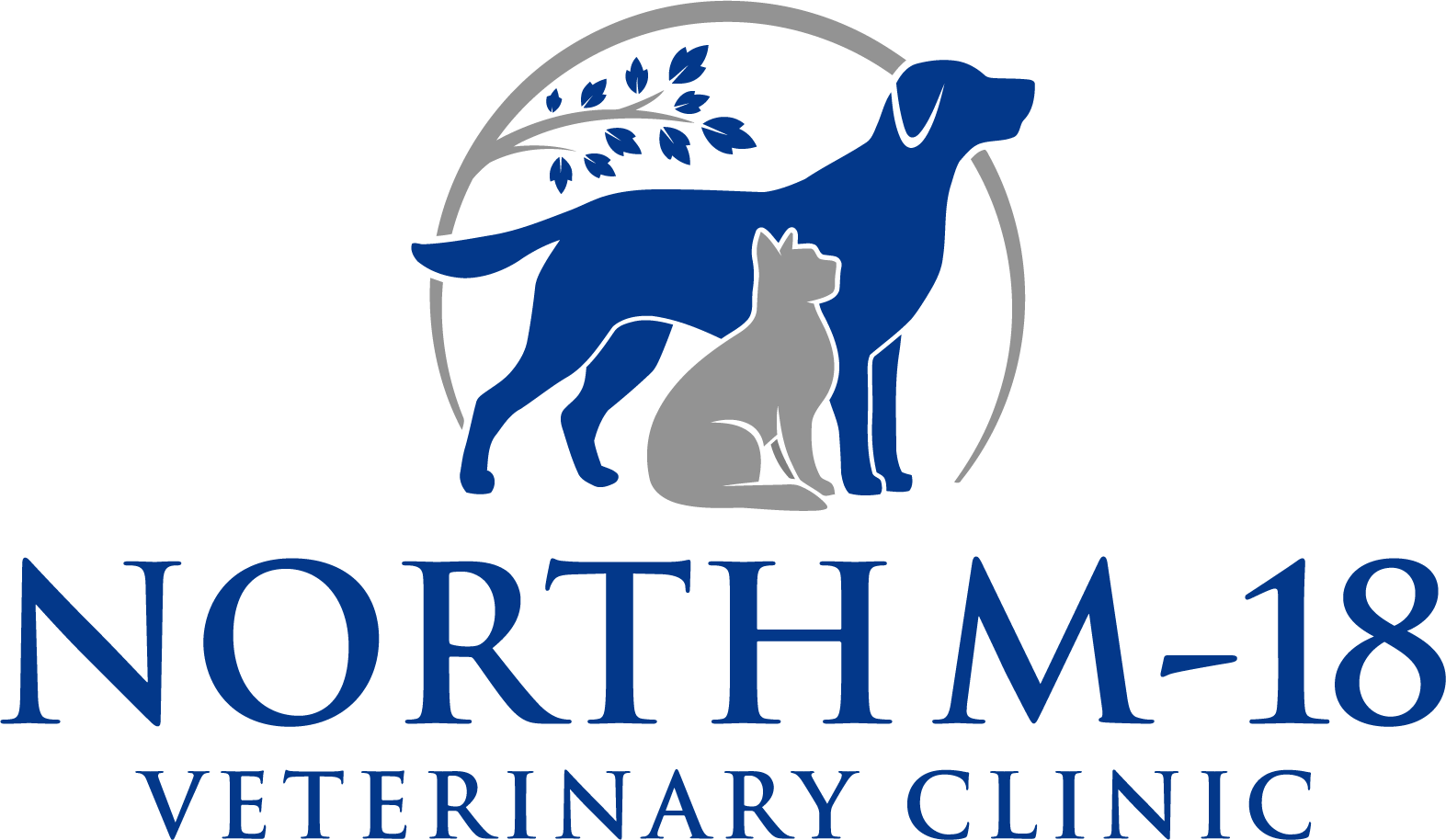Library
-
Icterus is also known as jaundice. It is an excessive accumulation of a yellow pigment called bilirubin in the blood and tissues, most easily seen in the gums and whites of the eyes. Icterus can be caused by hemolysis, liver disease, or obstruction of the bile duct. Your veterinarian will perform screening tests to determine the root cause of icterus.
-
Icterus is also known as jaundice. It is an excessive accumulation of a yellow pigment called bilirubin in the blood and tissues, most easily seen in the gums and whites of the eyes. Icterus can be caused by hemolysis, liver disease, or obstruction of the bile duct. Your veterinarian will perform screening tests to determine the root cause of icterus.
-
Parvovirus in Dogs
La infección por parvovirus canino es una enfermedad relativamente moderna que apareció por primera vez en 1978. Debido a la gravedad del proceso y su rápida propagación en la población canina, la parvovirosis constituye un problema de interés público.
-
Cats are curious by nature, which can lead them into trouble, especially when they ingest items not meant to be eaten, such as thread, wool, paper, rubber bands, plant materials, and small toys. While some will pass through the digestive tract, some foreign bodies can cause serious problems. This handout explains foreign bodies in the intestinal tracts of cats and reviews clinical signs, diagnostic tests, treatment, and the prognosis of these situations.
-
Foreign body obstruction is a common and potentially life-threatening condition in veterinary practice. Some foreign bodies pass through the intestinal tract, but if an obstruction occurs, surgical removal of the blocked object is the only treatment.
-
Bee stings and bites from spiders, fleas, and ticks are the most common causes of insect bite reactions in pets. Insect bites can cause mild to severe allergic reactions in many dogs. Fortunately, most reactions are minor and have an excellent prognosis for recovery. Treatment typically involves antihistamines and anti-inflammatory drugs.
-
Cesarean Sections in Cats – Post-Operative Instructions
Una cesárea es una cirugía que se realiza para sacar los gatitos del útero. Normalmente se realiza como un procedimiento de urgencia cuando el parto natural está teniendo problemas.
-
Chronic Kidney Disease in Dogs
El término insuficiencia renal crónica parece sugerir que los riñones han dejado de funcionar y no producen orina pero, por definición, insuficiencia renal indica que los riñones son incapaces de eliminar productos de deshecho de la sangre. La definición del término puede crear confusión en ocasiones porque hay quien identifica insuficiencia renal con la incapacidad para producir orina, cuando en realidad no es así.
-
This handout discusses lens luxation in dogs. The lens is the transparent structure within the eye that focuses light on the retina. Lens luxation is when the support ligaments of the lens weaken or break, causing the lens to dislocate from its normal position. The various types, clinical signs, heredity of the condition, diagnosis, treatment, and prognosis are outlined.
-
Tooth Resorption in Cats
Una de las enfermedades más frecuentes en la práctica veterinaria en gatos son las lesiones de resorción oral felinas (LROF). Estas lesiones también se llaman cavidades, caries, lesiones del cuello cervical, resorciones de la raiz internas o externas, o erosiones de la línea cervical. Las LROF normalmente se encuentran en la parte exterior del diente, en el área donde el diente se une con la encía.

